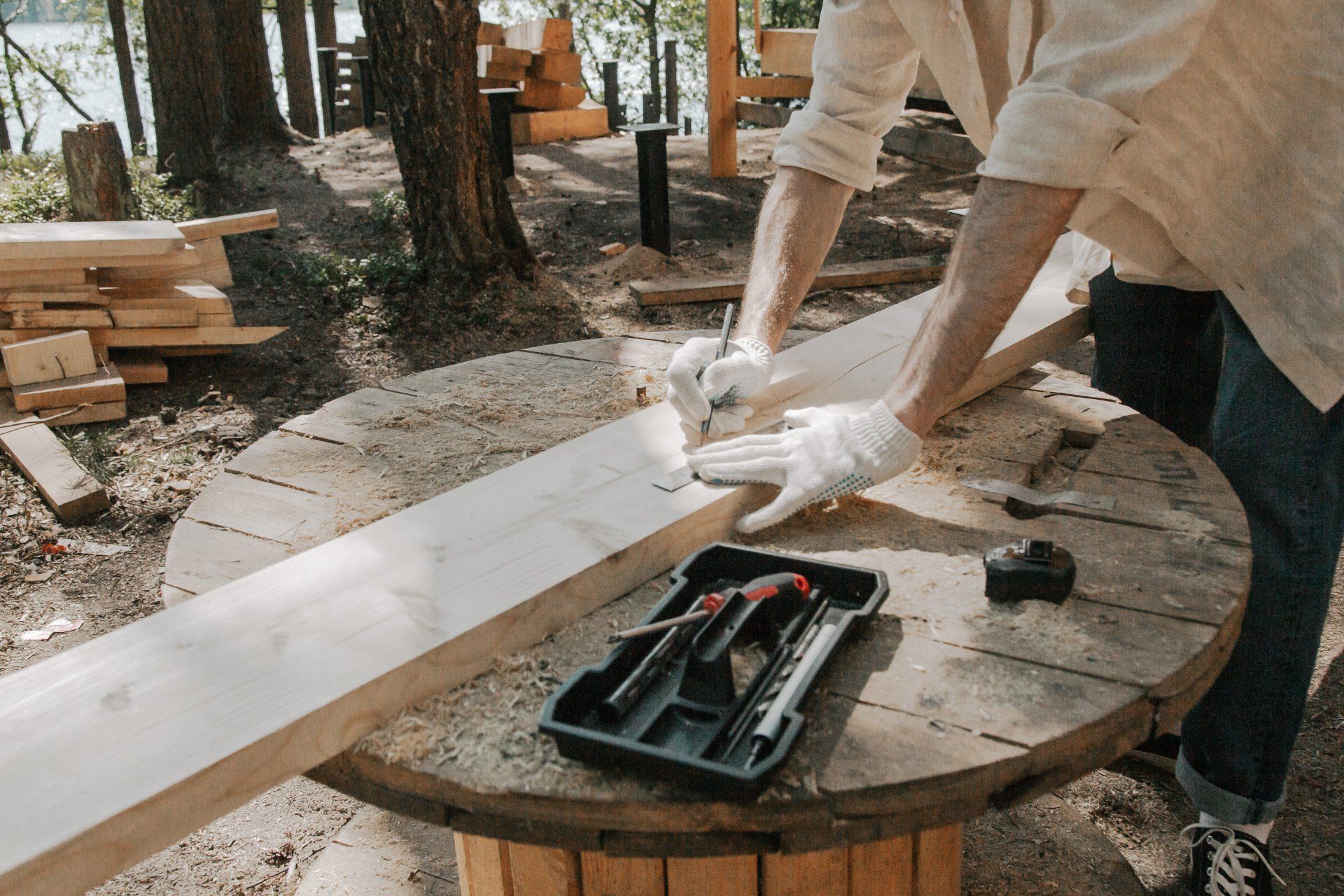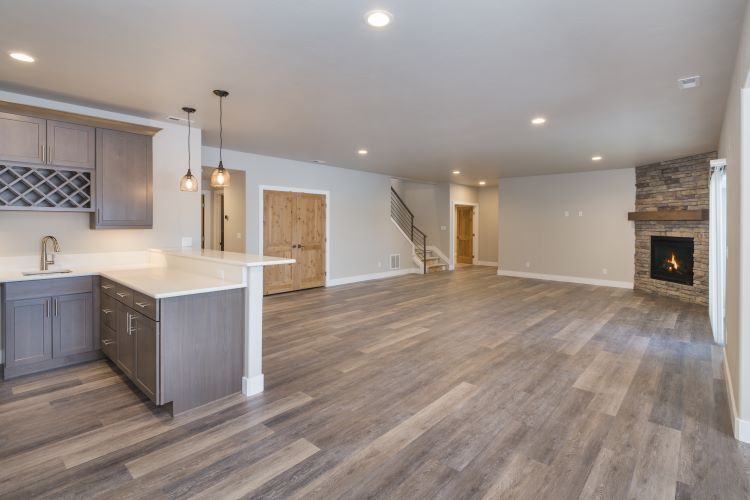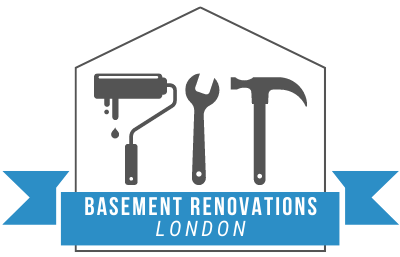Basement Bars, Built-Ins, and More: Carpentry Finishing Ideas

Finishing your basement is one of the most effective ways to add both functional space and value to your home. Whether you're dreaming of a cozy retreat, an entertainment hub, or simply need more storage, custom carpentry finishing can transform your basement into a space that meets your specific needs and enhances your lifestyle.
At Basement Renovations London, we specialize in bringing our clients’ visions to life through expert carpentry services. In this article, we'll explore some creative and practical carpentry finishing ideas for your basement, including custom bars, built-ins, and more.
1. Custom Basement Bars: The Ultimate Entertainment Space
One of the most popular trends in basement renovations is the addition of a custom bar. A basement bar is not only a great spot for entertaining guests but also a stylish feature that adds a touch of luxury to your home.
Design Ideas:
- Classic Wet Bar: Incorporate a sink, mini-fridge, and plenty of counter space for mixing drinks. Add glass-front cabinets to display your glassware and favorite spirits.
- Rustic Pub: Use reclaimed wood, exposed brick, and industrial lighting for a cozy, pub-like atmosphere. Add bar stools and a high-top counter to complete the look.
- Modern Chic: Opt for sleek, minimalist design with a quartz countertop, backlit shelves, and stainless steel accents. A wine fridge and built-in cooler can elevate the experience.
Benefits:
- Increases your home’s value by adding a unique and functional feature.
- Creates a dedicated space for hosting friends and family.
- Offers a customizable design that fits your personal style and needs.
2. Built-In Shelving and Storage Solutions
Basements often serve as catch-all spaces for everything from holiday decorations to old furniture. Custom built-in shelving and storage units can help you declutter and organize your space while adding a polished, finished look to your basement.
Design Ideas:
- Media Wall: Create a custom entertainment center with built-in shelves for your TV, speakers, and media devices. Add cabinets for hiding away DVDs, remotes, and other accessories.
- Bookcases: Transform a wall into a library with floor-to-ceiling bookshelves. Consider adding a ladder for easy access to higher shelves.
- Storage Benches: Built-in benches with hidden storage are perfect for keeping toys, games, or extra blankets out of sight while providing additional seating.
Benefits:
- Maximizes space by utilizing wall areas for storage.
- Keeps your basement organized and clutter-free.
- Adds a custom touch that reflects your style and needs.
3. Cozy Fireplace Surrounds and Mantels
A fireplace can be the focal point of any room, and your basement is no exception. Whether you’re installing a new fireplace or updating an existing one, custom carpentry finishing can create a warm and inviting atmosphere.
Design Ideas:
- Rustic Stone Mantel: Pair a stone fireplace surround with a wooden beam mantel for a natural, earthy look.
- Modern Sleek: Choose a simple, clean-lined mantel with a smooth finish to complement a contemporary design.
- Traditional Elegance: Opt for a classic white painted mantel with intricate moldings to add a touch of sophistication.
Benefits:
- Enhances the ambiance and comfort of your basement.
- Adds a focal point that can be decorated seasonally or with personal items.
- Increases the resale value of your home with a desirable feature.
4. Home Office or Study Nooks
With more people working from home, creating a dedicated office or study space in the basement has become increasingly popular. Custom carpentry can turn an unused corner of your basement into a functional and attractive workspace.
Design Ideas:
- Built-In Desk: A built-in desk with drawers and shelves keeps everything you need within arm’s reach. Choose a style that complements the rest of your basement's decor.
- Quiet Study Nook: Carve out a small, quiet space with a comfortable chair, a desk, and built-in bookshelves for a productive work environment.
- Creative Craft Corner: If you’re into arts and crafts, consider a custom workstation with ample storage for supplies and a large work surface.
Benefits:
- Provides a quiet, dedicated space for work or study.
- Increases productivity by offering a well-organized and comfortable environment.
- Adds value by making your home more adaptable to modern needs.
5. Wine Cellars and Display Units
For wine enthusiasts, a custom wine cellar or display unit is a must-have feature in a finished basement. Whether you have a large collection or just a few favorite bottles, custom carpentry can create a beautiful and functional space to store and display your wine.
Design Ideas:
- Traditional Wine Cellar: Convert part of your basement into a climate-controlled wine cellar with custom shelving and racks to accommodate your collection.
- Wine Display Wall: Install a wall-mounted wine rack system with backlighting to showcase your best bottles.
- Wine Tasting Nook: Create a cozy corner with a small table, chairs, and built-in wine storage for intimate wine tastings.
Benefits:
- Protects and preserves your wine collection with proper storage conditions.
- Adds a luxurious and unique feature to your home.
- Provides a dedicated space for enjoying and displaying your collection.
Conclusion
Basement carpentry finishing is about more than just adding walls and floors—it’s about transforming an underutilized space into a functional, stylish, and valuable part of your home. Whether you’re dreaming of a custom bar, need more storage, or want a cozy fireplace, the possibilities are endless with expert carpentry services.
At Basement Renovations London, we specialize in custom carpentry finishing that brings your vision to life. Our experienced team is here to help you design and build the perfect basement that meets your needs and reflects your personal style. Contact us today to start planning your basement transformation!
You might also like



Basement Renovations London
Your local renovation experts
Navigation
Navigation
Services
Working hours
- Mon - Sat
- -
- Sunday
- Closed
Copyright Basement Renovations London | Proudly Powered by Snapps

